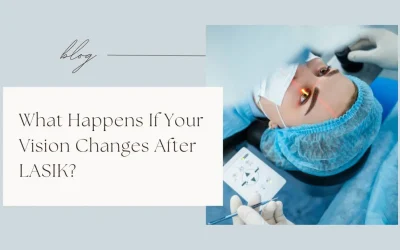Exploring Eye Surgery Instruments: Essential Tools for Precision and Safety
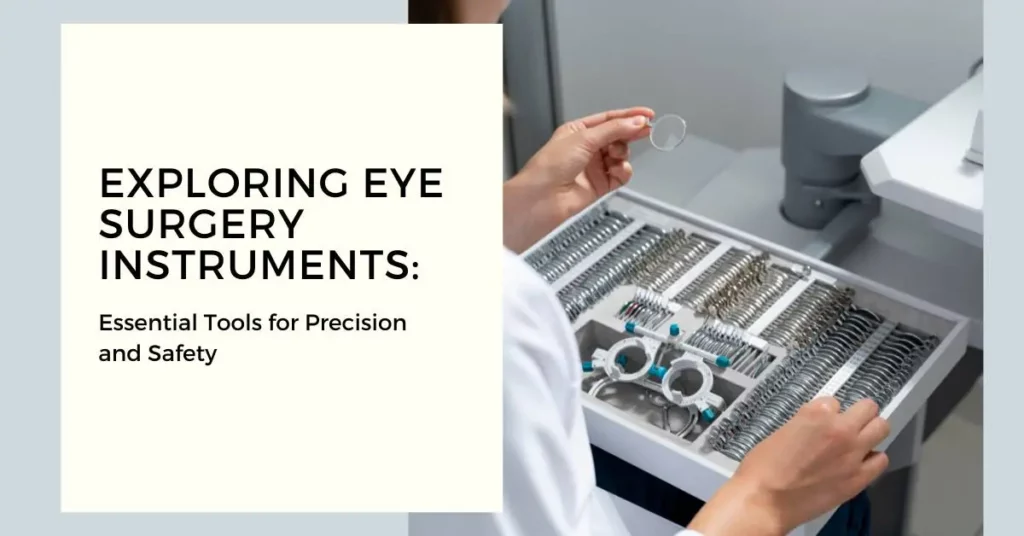
Introduction:
Eye surgery is a complex and delicate field that requires exceptional precision and utmost care. The success of eye surgeries dramatically depends on the skill of the surgeon and the tools they utilize. Eye surgery instruments are designed to facilitate intricate procedures and ensure optimal outcomes while prioritizing patient safety. In this blog post, we will delve into the world of eye surgery instruments, exploring their essential role in achieving precision and safety during surgical interventions.
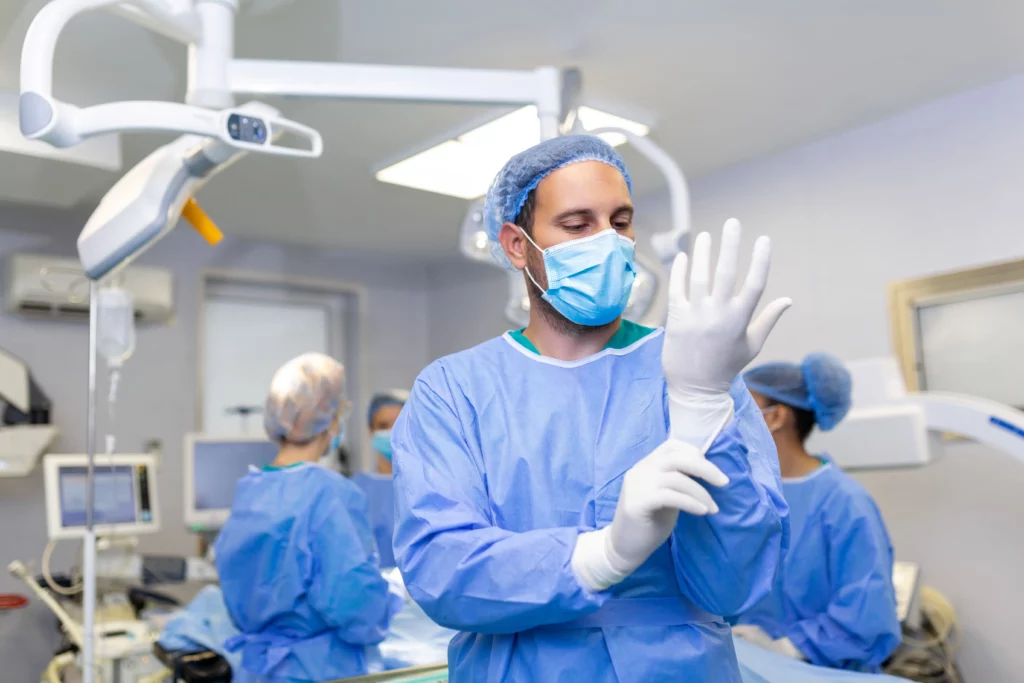
Microsurgical Instruments:
Microsurgical Forceps: These delicate instruments enable surgeons to grasp and manipulate soft tissues precisely. Microsurgical forceps come in various shapes and sizes, each designed for specific tasks during eye surgeries, such as holding sutures or removing foreign bodies.
Microsurgical Scissors: Designed with fine, sharp tips, microsurgical scissors allow surgeons to make precise incisions and excisions in delicate eye tissues. They are commonly used for procedures like vitrectomy and trabeculectomy.
Microsurgical Needle Holders: These instruments have a delicate, spring-like mechanism that securely holds sutures during eye surgeries. They enable surgeons to manipulate the needle while suturing soft eye structures precisely.
Microsurgical Hooks and Spatulas: These specialized instruments aid in manipulating and stabilizing tissues during intricate procedures. They are commonly used in surgeries like corneal transplants and retinal detachments.
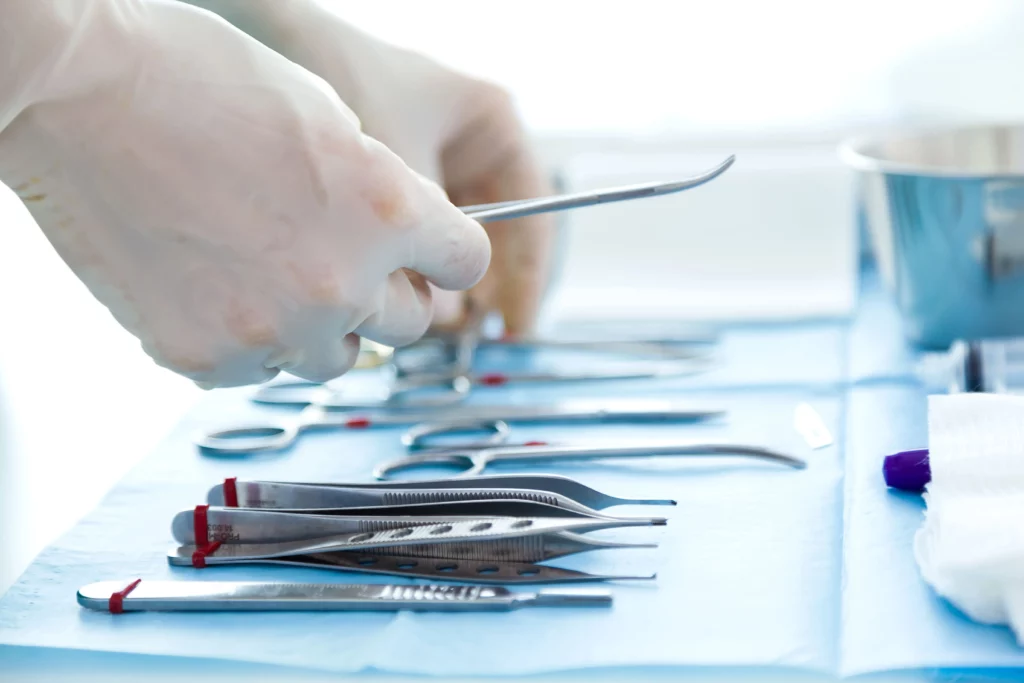
Intraocular Lens (IOL) Implantation Instruments:
IOL Injector Systems: These devices facilitate the precise insertion of intraocular lenses into the eye. They allow surgeons to place the IOL accurately, minimizing the risk of damage to surrounding tissues.
Capsulorhexis Forceps: These specialized forceps are designed to create a circular opening in the lens capsule, enabling the safe and precise removal of the eye’s natural lens during cataract surgery.
Viscoelastic Devices: These instruments, such as cohesive and dispersive viscoelastic, help maintain the anterior chamber stability during cataract surgery, protecting delicate structures and facilitating IOL implantation.
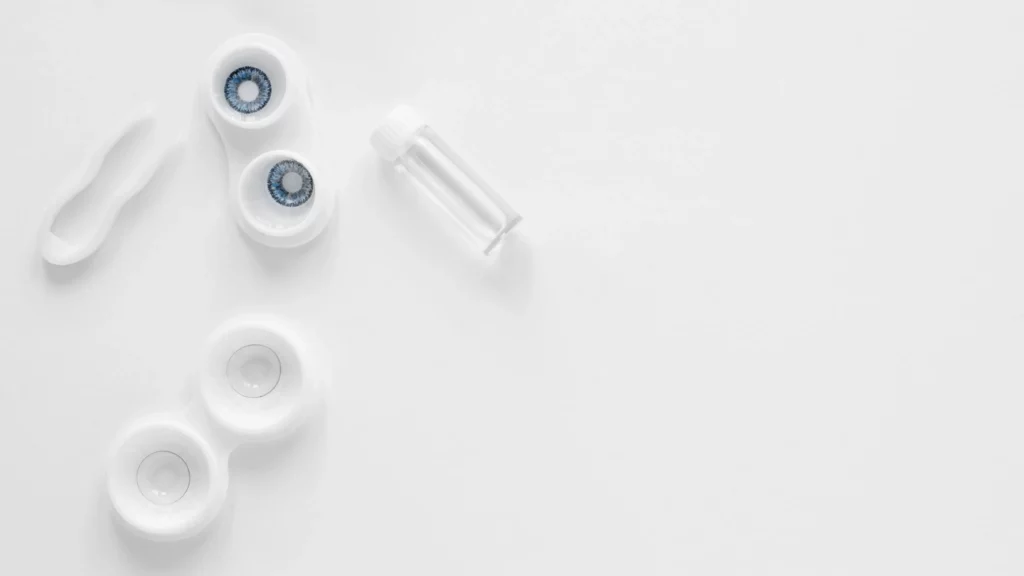
Diagnostic and Imaging Instruments:
Ophthalmoscope: An ophthalmoscope allows eye care professionals to examine the internal structures of the eye, including the retina, optic nerve, and blood vessels. It is an invaluable tool for diagnosing various eye conditions.
Slit Lamp Biomicroscope: This instrument combines a microscope with a slit beam light source, allowing eye care professionals to visualize the anterior and posterior segments of the eye in detail. It is used for diagnosing and monitoring eye diseases.
Optical Coherence Tomography (OCT): OCT is a non-invasive imaging technique that provides high-resolution cross-sectional images of the retina and other ocular structures. It aids in diagnosing and managing conditions like macular degeneration and glaucoma.
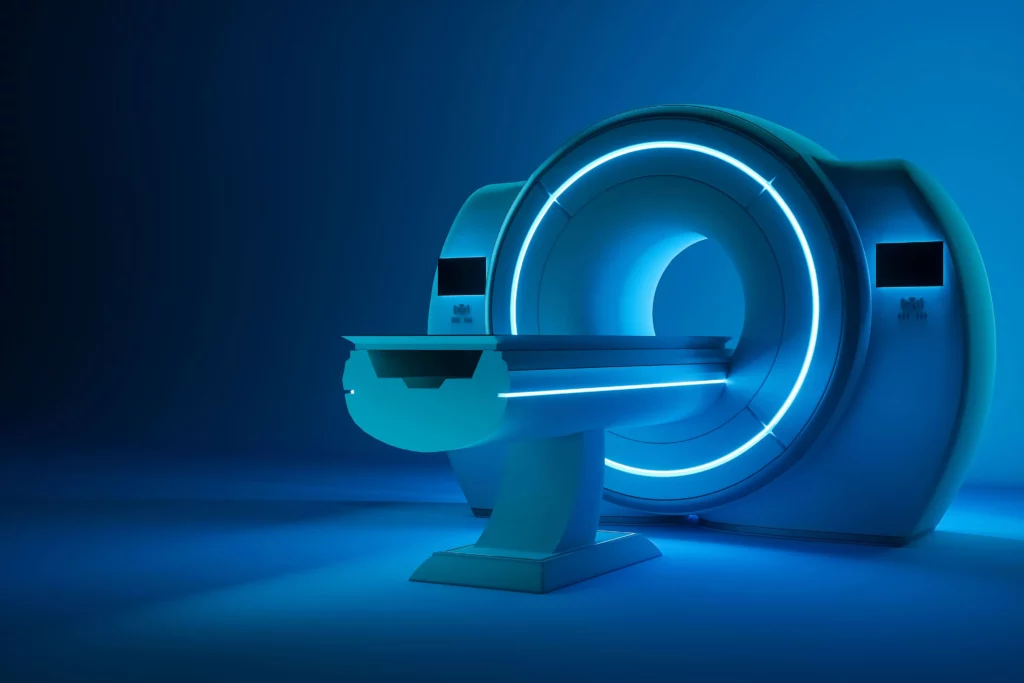
Conclusion:
Eye surgery instruments are indispensable tools that enable surgeons to perform intricate procedures precisely and ensure patient safety. Each instrument serves a specific purpose in the surgical process, from microsurgical instruments for delicate tissue manipulation to IOL implantation instruments and advanced diagnostic tools. Surgeons rely on these instruments to achieve optimal outcomes and improve patients’ quality of life. By continually advancing these tools and techniques, eye surgery continues to evolve, pushing the boundaries of what is possible in restoring and preserving vision.
Book your appointment now for all eye-related services.
Your Vision Our Focus


